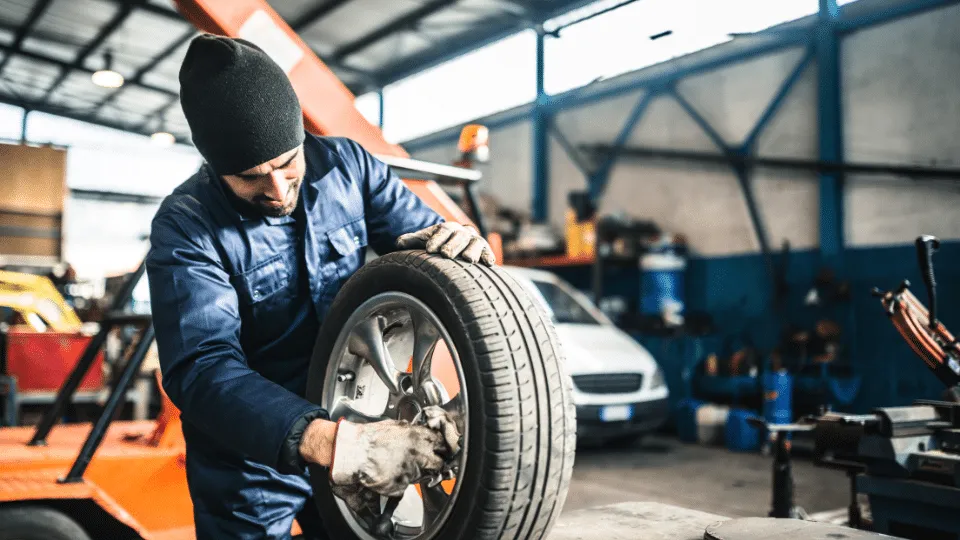Tribupneu: Meaning Uses Benefits and Complete Overview
In the expanding digital and industrial world, new terms often emerge that attract curiosity and discussion. One such term gaining attention is tribupneu. Although unfamiliar to many, tribupneu represents an important concept—particularly in technical, mechanical, and scientific environments. Whether you are a student, a researcher, a professional, or simply exploring new ideas, understanding tribupneu can give you valuable insights into modern engineering and technological processes.
This article provides a clear, in-depth, and simplified explanation of tribupneu, its applications, benefits, and how it fits into today’s innovation-driven world.
What Is Tribupneu?
The term tribupneu appears to be a combination of two major scientific engineering concepts:
- Tribo – from tribology, which refers to friction, lubrication, wear, and interaction between surfaces in motion.
- Pneu – from pneumatics, referring to systems powered by pressurized air or gas.
When combined, tribupneu generally refers to:
A system, technology, or mechanism that involves both tribological (friction and wear) and pneumatic (air pressure–based) principles.
In simpler words, tribupneu relates to devices or processes where air pressure interacts with moving surfaces, influencing friction, motion, and mechanical efficiency.
Why the Concept of Tribupneu Matters
Tribupneu is becoming an important discussion in engineering and industrial environments because of the following reasons:
Modern machines require low friction
Low friction helps improve performance, reduce wear, and extend machine life.
Pneumatics are used everywhere
From factories to medical devices, pneumatic systems are preferred due to safety, simplicity, and reliability.
The combination unlocks efficiency
When tribology meets pneumatics, machines perform better, use less energy, and require less maintenance.
Industry 4.0 focuses on hybrid systems
Tribupneu fits perfectly into the modern trend of combining technologies for maximum efficiency.
Where Tribupneu Is Used: Real-World Applications
Tribupneu-based systems appear in a variety of industries. Some of the most common uses include:
Industrial Automation
Robotic arms, conveyor machines, and assembly devices often include pneumatic cylinders that need tribological optimization for smooth movement.
Automotive Engineering
Brake systems, suspension systems, and air-powered components rely heavily on friction control and air pressure.
Manufacturing Tools
Cutting tools, grinders, and polishing machines use both pneumatics and tribology for precision and durability.
Aerospace and Aviation
Aircraft components use tribupneu concepts to manage airflow, reduce friction, and ensure safety during high-pressure operations.
Healthcare Devices
Dental tools, air compressors, and pressure-controlled medical equipment depend on friction-free pneumatic systems.
How Tribupneu Systems Work
Although tribupneu systems vary, they generally operate through the following combined mechanism:
Step 1: Air Pressure is Applied
A pneumatic system generates compressed air to power movement.
Step 2: Components Interact
Mechanical surfaces come into contact, generating friction.
Step 3: Tribological Optimization
Lubrication, coatings, or material science reduce friction, allowing smooth operation.
Step 4: Controlled Movement
The machine performs its task efficiently through a balance of air power and minimized surface wear.
This hybrid framework is what makes tribupneu systems efficient and durable.
Key Benefits of Tribupneu
Higher Efficiency
Reduced friction means machines move faster and require less energy.
Longer System Lifespan
Proper tribology minimizes wear, helping machines last longer.
Lower Maintenance Costs
Fewer breakdowns and smoother operation reduce repair expenses.
Enhanced Safety
Pneumatics are safer than electrical or hydraulic systems in many environments.
Improved Precision
Tribupneu systems perform extremely accurate movements ideal for robotics and manufacturing.
Challenges and Limitations
While tribupneu systems are highly beneficial, they also come with challenges:
- Sensitivity to dust or moisture
- Need for continuous lubrication or coating
- Requirement of trained technicians
- Air leakage issues
- Possible pressure inefficiencies
However, with proper maintenance and modern technology, these limitations are manageable.
Future of Tribupneu Technology
As industries evolve, tribupneu is expected to play an even more significant role in future innovations.
Smart Pneumatic Systems
AI-controlled air pressure systems with built-in sensors.
Advanced Frictionless Materials
Innovations like graphene coatings will make tribology even more effective.
Integration in Robotics
Collaborative robots (cobots) will increasingly rely on tribopneumatic mechanisms.
Energy-Efficient Manufacturing
Tribupneu systems will help industries reduce waste and energy consumption.
Overall, tribupneu is set to become a core aspect of next-generation engineering.
Conclusion
Tribupneu may still be an emerging term, but its importance is rapidly growing in the world of mechanical engineering, manufacturing, and automation. By combining the power of pneumatics with the science of tribology, tribupneu systems deliver enhanced performance, superior durability, and high-precision movement.
Whether used in factories, automobiles, robotics, or aircraft, tribupneu represents the future of efficient and intelligent machinery.






